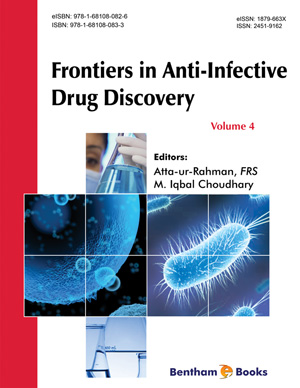Abstract
RNA has been considered during a long time as an intermediate between two biomolecules of special relevance in the life: the DNA (an nucleic acid that encodes the genetic instructions in all known living organisms) and proteins (molecules that perform a vast array of functions within living organisms). However, recent discoveries have converted this molecule in the spotlight of biomedical research. To this must be added that scientific community has explored only the tip of the iceberg of potential of RNA-binding drugs as therapeutic agents, except the antibiotics which exert their action by binding to rRNA. In this context, aminoglycoside compounds are a family of natural pseudo-oligosaccharides positively charged, which have been used for a long time as antibiotics that bind ribosomal RNA and whose use has been relegated today for two reasons: their inherent toxicity and the development for bacterial of several resistance mechanisms to those. Nevertheless, these drawbacks are in the way to be solved because several aminoglycosides with lower toxicity and potential to overcome resistance have been discovered in the last decade. Besides, in this period it has been described the possibility of using these compounds as ligands of other RNA targets, such as HIV-RNA.
In this chapter, current applications of natural and semi-synthetic aminoglycosides both as antibacterials and as antivirals/HIV as well as their corresponding mechanisms will be discussed.
Keywords: Aminoglycosides, antibiotics, antivirals, bacteria, drugs, HIV, oligosaccharides, resistance, RNA, synthesis, toxicity.






















